The Mysterious Beauty of Leopards: Showing Their Secretive Way of Life
We admire the beauty and mastery of this silent predator that stalks its prey with its striking spotted coat and incredible mobility. But exactly how are these magnificent beings so elusive?
Join us on an investigation as we reveal the fascinating lifestyle of leopards and learn the secrets of their hunt and camouflage strategies.
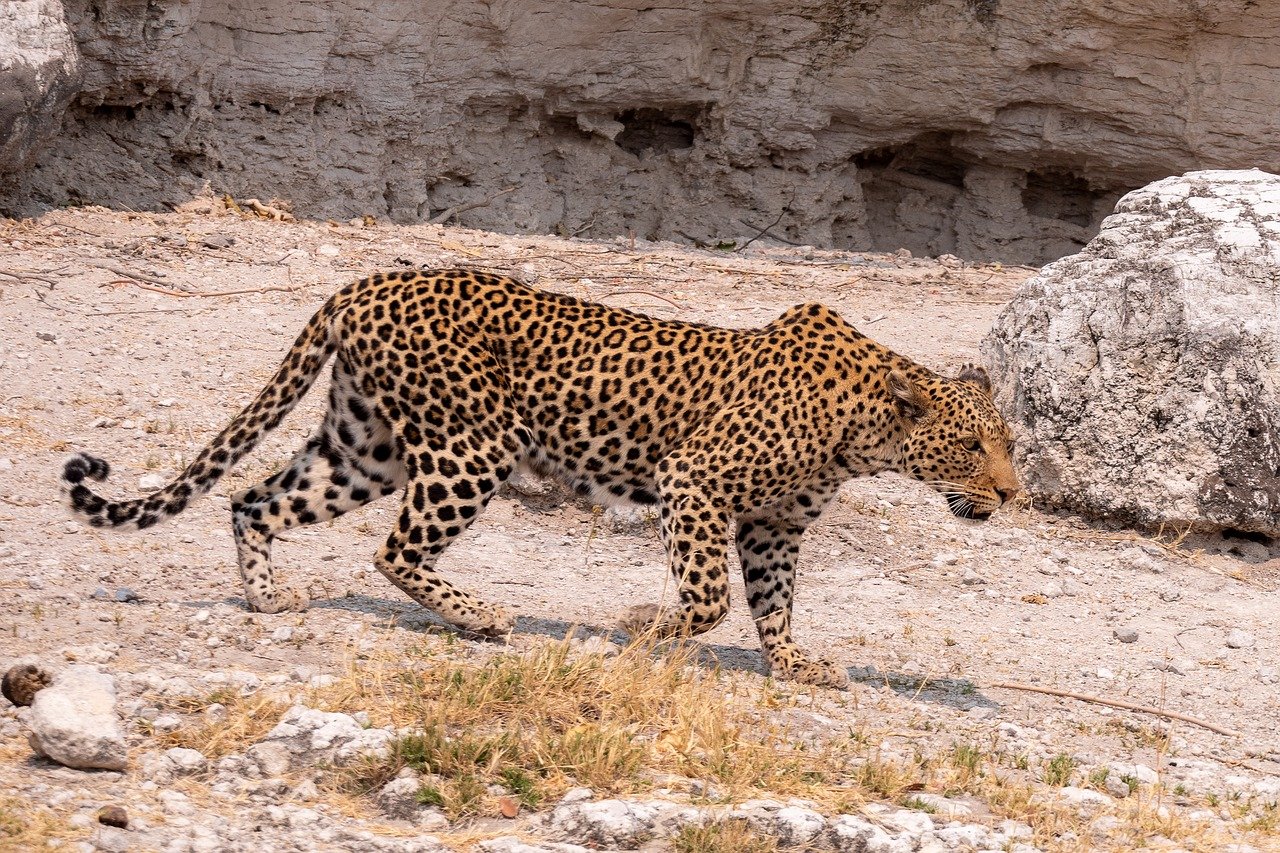
Leopards are among the most difficult big cats to spot in the wild because of their reputation for blending perfectly with their environment.
How do their unusual markings give them remarkable camouflage, allowing them to remain hidden from potential prey?
This is a comprehensive guide. In this post, we will look at things like:
- What makes leopards so elusive? Why are they such secretive predators?
- How do they hunt?
- What sounds do they make, i.e., do they purr like domesticated cats?
- what they prefer to eat,
- the classic hunting techniques they use, and
- most importantly, what threatens their existence.
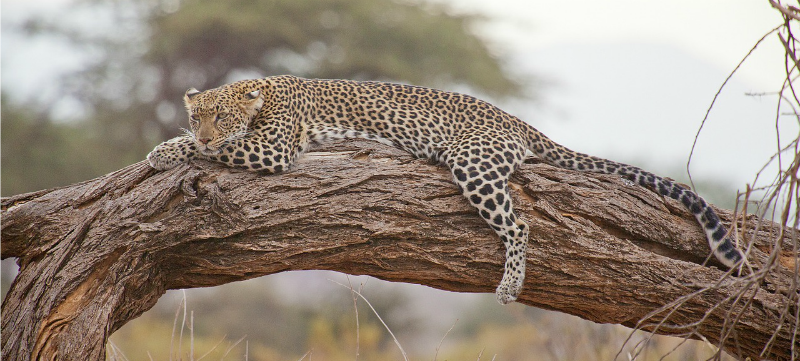 Leopards have long been preyed upon by men for their beautiful fur coat which is used for clothing
Leopards have long been preyed upon by men for their beautiful fur coat which is used for clothingThese African cats are the most common large cats in Saharan Africa - so it is ironic that it is also the cat that is the most difficult to spot when you are in the African bush.
This is because since they are shy, secretive, and nocturnal.
In game reserves, leopards have grown completely accustomed to vehicles but do not expect them to simply stroll across the road, however.
Demystifying the Difference between Cheetahs and Leopards
These gorgeous, huge cats may appear similar, but further examination shows their distinct traits.
The Felidae family of big cats includes the cheetah, leopard, and jaguar. They have several characteristics in common, such as
- being adept hunters,
- having amazing vision,
- running at tremendous speeds and being extremely quiet.
They do, however, differ in ways that allow us to tell them apart.
The cheetah is a member of the Acinonyx genus, while the jaguar and leopard are members of the Panthera genus.
Panthera onca is the scientific name for the jaguar.
Panthera pardus is the scientific name for the leopard.
Acinonyx jubatus is the scientific name for the cheetah.
These animals are very agile climbers and pound for pound, the
strongest climber of the large cats.
To spot them you will usually need a pair of binoculars and scan the treetops on the horizon.
As you look for them in trees, you may notice them often draped along with thick tree limbs to escape the midday heat.
You may also be lucky enough to see them feasting on a kill they dragged aloft into a tree.
They do this to keep their prize safe from scavengers such as hyenas.
Where do leopards live?
Leopards are distributed all over the world in more than 70 countries.
On the continent of Africa, you can expect to see them in Ghana, Niger, Namibia, Rwanda, Senegal, Somalia, South Africa, Swaziland, Uganda, and Zimbabwe.
They can be found in a variety of habitats ranging from desert country to equatorial forests, high mountains to coasts.
Are these animals very territorial?
They are very solitary animals.
They defend territories against other leopards of the same sex, but the territories of males overlap those of females.
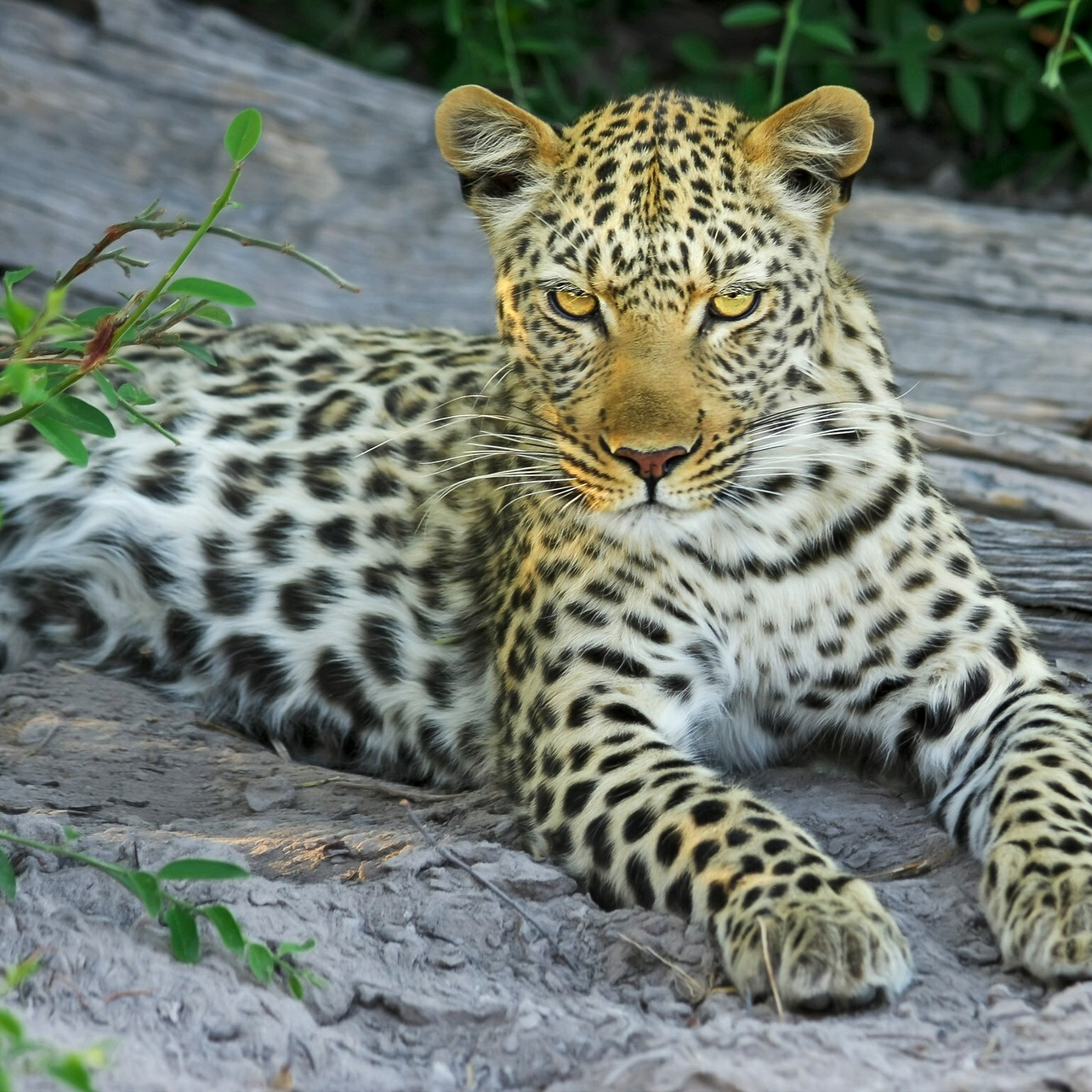 The spots on leopards are called rosettes.
The spots on leopards are called rosettes.They do seem to tolerate a certain level
of overlap with their neighbors.
Rivals avoid each other in some sort of "time-sharing system".
They advertise the occupation of a territory by marking it with urine and feces.
They also leave claw marks on the bark of trees and use vocal signals to mark their territory.
These
cats have astonishing powers of navigation and homing.
This capacity has hampered attempts to relocate them away from the human settlement when they become stock raiders.
What sounds do leopards make?
They have a distinctive contact call that sounds remarkably like a wood saw.
 Like your domestic house cat, leopards purr when they feel content
Like your domestic house cat, leopards purr when they feel contentThis call allows territorial neighbors to keep away from each
other, and males and females to find each other.
These animals growl when aggressive and spit and snarl when they feel threatened.
What do leopards eat?
One reason behind their success lies in their diet, which spans a very wide range.
They eat almost any vertebrate, including:
- reptiles,
- fish, and
- mammals ranging in size from dung beetles and porcupines to kudu
In the Kruger national park their diet consists of:
-29% impala,
-Burchells zebra 16%,
-wildebeest 14%,
-warthog 13%
and porcupine 13%.
They however prefer medium-sized antelope-like impalas.
It is well known they eat more predators than do other carnivores, particularly jackals.
How do leopards hunt their prey?
The usual hunting technique is classically feline.
When it sights a potential target, it stalks forward with head low, and legs bent making clever use of cover.
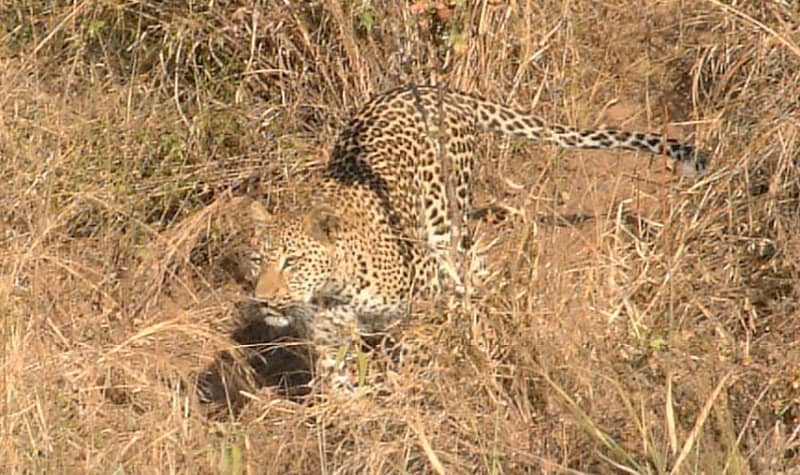 These cats can run at about 35 miles per hour
These cats can run at about 35 miles per hourThis African animal will stalk a target over distances of a few hundred meters or wait in ambush if the target moves towards it.
Once it is within a range of about ten meters, this cat dashes forward and uses the sharp, hooked claws of each forepaw to kill its prey.
The killing bite is directed at the nape of the neck or the throat.
Small prey such as mice, rats, and small birds are simply swatted to death with a single swipe of a paw.
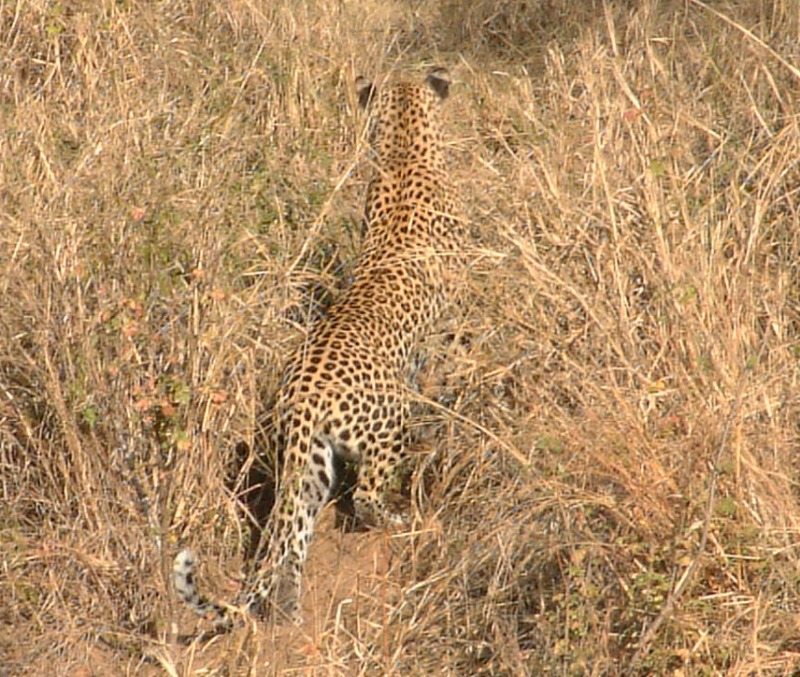 Individual leopards can be distinguished by their unique spot patterns. Scientists are therefore able to monitor their number and movements over time.
Individual leopards can be distinguished by their unique spot patterns. Scientists are therefore able to monitor their number and movements over time.Guts of large prey are pulled out and discarded before it begins consuming its meals.
It uses its incisor teeth to pluck birds and furry mammals such as rabbits.
Where there are many scavengers around the prey is carried up into a tree and wedged among the branches.
Their strength is demonstrated by their ability to carry carcasses weighing more than 50 kg up vertical tree trunks.
They readily eat rotten meat and will feed on a stored carcass for up to four days.
They scavenge if they get the chance, and can steal kills from cheetahs, lone hyenas, and any of the smaller carnivores.
How do leopards breed?
A female on heat attracts males by the smell of her urine.
The male and female may stay together for several days, even sharing kills, and they mate repeatedly over a few days.
Female leopards give birth to a litter after a gestation period of 90 to 106 days.
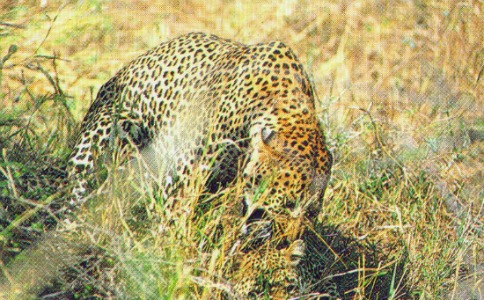
Cubs are born in heavy cover or caves.
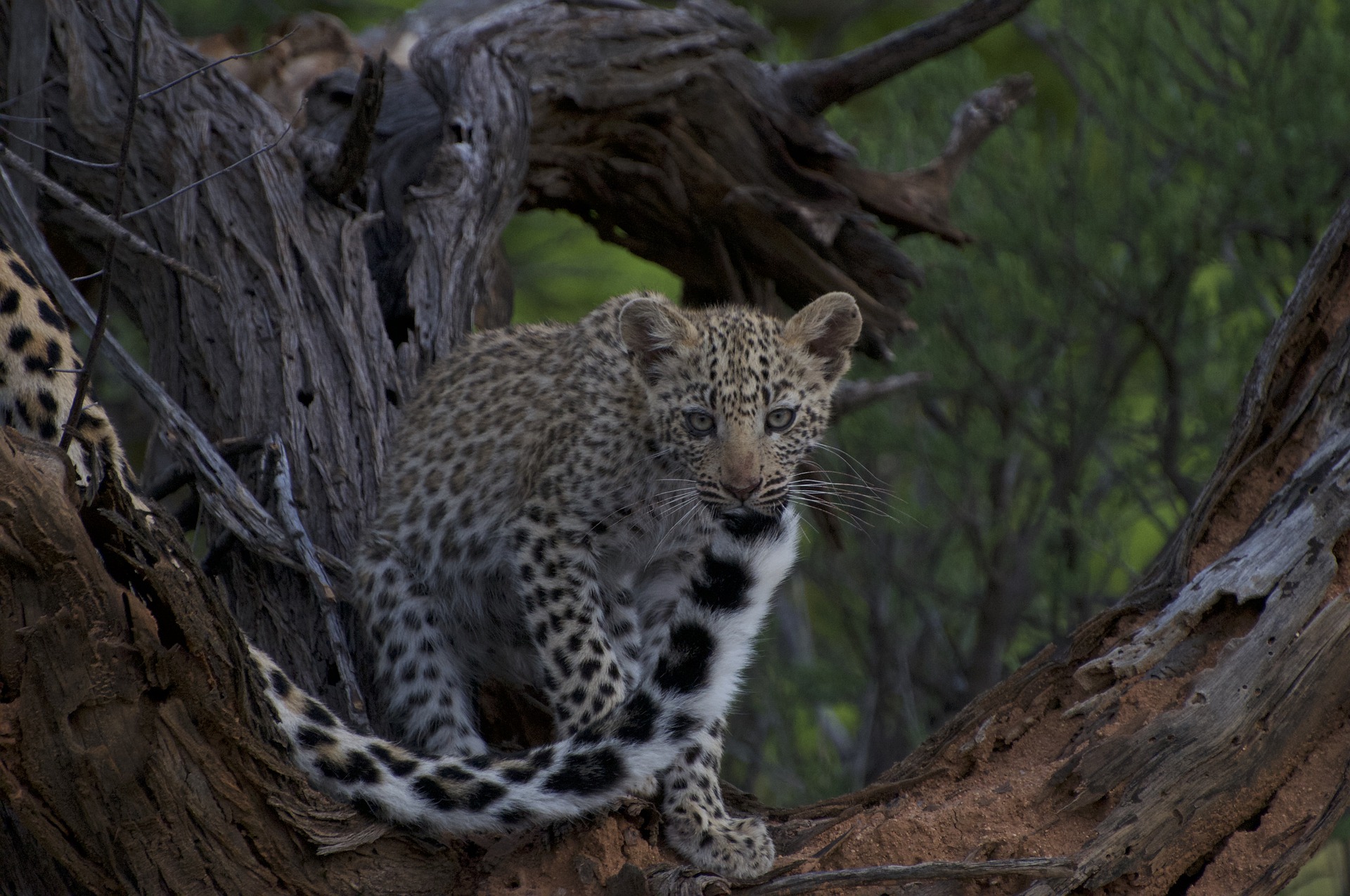 Leopard cubs are immensely vulnerable during the first weeks of their lives.
Leopard cubs are immensely vulnerable during the first weeks of their lives.Leopard cubs are immensely vulnerable during the first weeks.
Cubs are born blind. Their eyes start opening at around 10 days of age. Leopard mothers move their cubs to a different location every couple of days to hide them from potential predators.
They first accompany their
mothers on hunts at four months and usually make their first kills at
five months.
How endangered is this African animal?
A long time ago these African animals lived in a wide range which stretched from Siberia to South Africa.
Today however, these cats have relinquished up to 75 percent of their original range.
Because this is such a difficult animal to track it has taken scientists a long time to recognize their global decline in numbers.
 The leopard is an amazingly adaptable species but several subspecies are currently on the brink of extinction
The leopard is an amazingly adaptable species but several subspecies are currently on the brink of extinctionThe biggest threats to them are habitat conversion for agriculture and other human development. They are persecuted by humans because of the conflict with livestock-keepers as well as game farm owners.
They are also targeted in the illegal trade in skins and body parts as well as some trophy hunting.
These African animals require greater protection and better regulation of the trophy hunting industry.
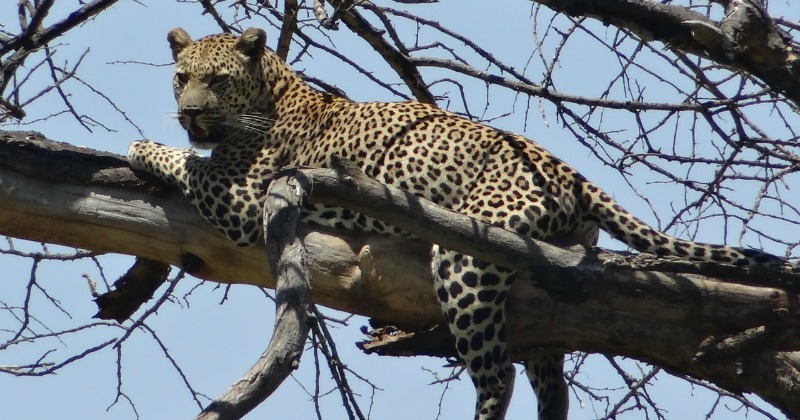
Leopards can survive humans in areas where they have enough cover to hide, access to their natural prey, and are tolerated by local people.
Conclusion
Leopards have ferocious territorial displays, agile acrobatics in trees, and cunning hunting skills.
These beautiful lone hunters have a critical role in the ecosystem as apex predators and in the delicate balance they share with other creatures.

